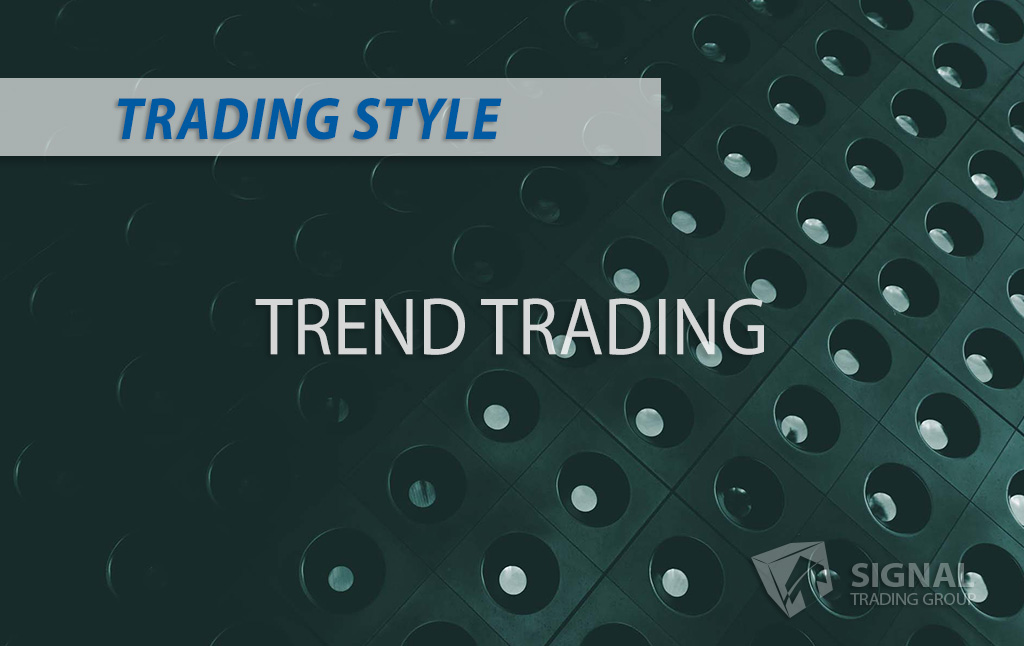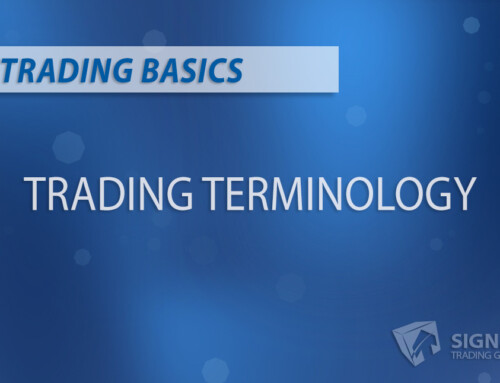Basic Trend Trading Techniques
Trend trading is a popular strategy among traders. The idea behind this approach is capitalizing on price momentum in a specific direction, making it an effective way to maximize profits and reduce risk. It doesn’t matter if you’re a beginner or an experienced trader; understanding various trend trading techniques can enhance your trading performance.
What is Trend Trading?
So, what exactly is trend trading? It’s a trading strategy that follows price momentum in a specific direction over time. The idea here is to enter trades when trends are established and exit when there are signs that they may be reversing. This technique can be used across numerous markets, such as stocks and commodities.
Key Trend Trading Strategies
There are several trend trading strategies that traders can use to make money. Let’s take a closer look at some of the most popular ones.
Moving Average Crossover Strategy
This strategy uses two moving averages – a short-term and a long-term period. When the short-term moving average crosses above the long-term one, it generates a buy signal and indicates that an upward trend is in place. On the other hand, when the short-term moving average crosses below the long-term one, a sell signal is created and signals that a downward trend may be starting.
Bollinger Band Strategy
Bollinger Bands comprise a middle band (simple moving average) and two outer bands, standard deviations from the middle band. If the price touches the lower band, it could mean that the asset is oversold and present an ideal buying opportunity. Similarly, traders may want to consider selling if the price reaches the upper band since this could mean the market is overbought.
MACD Crossover
The Moving Average Convergence Divergence (MACD) is a trend-following momentum indicator that shows the relationship between two moving averages of a security’s price. If the MACD line crosses above the signal line, it generates a buy signal, and when the MACD line crosses below the signal line, a sell signal appears.
Ascending and Descending Triangles
These are chart patterns that are used in technical analysis. An ascending triangle is formed when the price consolidates between a rising trendline and an unchanging resistance level. This could indicate a breakout upward. On the other hand, a descending triangle consists of a decreasing trendline and a steady support level, usually leading to a breakdown.
Price Breakout
Price breakouts occur when the market moves beyond an established support or resistance level. A breakout occurs when it surpasses a trading range or price barrier that has existed for some time. Traders may consider entering a position once a breakout is seen in the desired direction.
Wrapping it Up
Trend trading is an attractive strategy for traders of all levels of experience. We discussed the basics here and various tactics that can be used to capture potential gains and reduce the risk associated with market movements. It’s important to remember to combine these techniques with other forms of analysis – like fundamentals, technicals, and sentiment analysis – for the most accurate results. With the correct application and risk management, trend trading can significantly increase your returns and get some market exposure.





